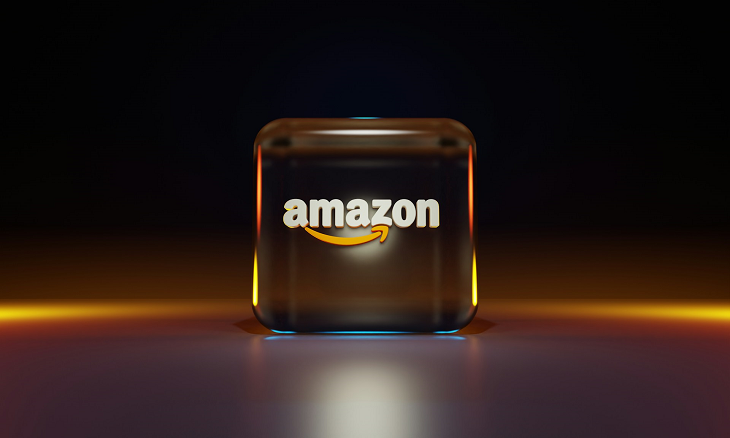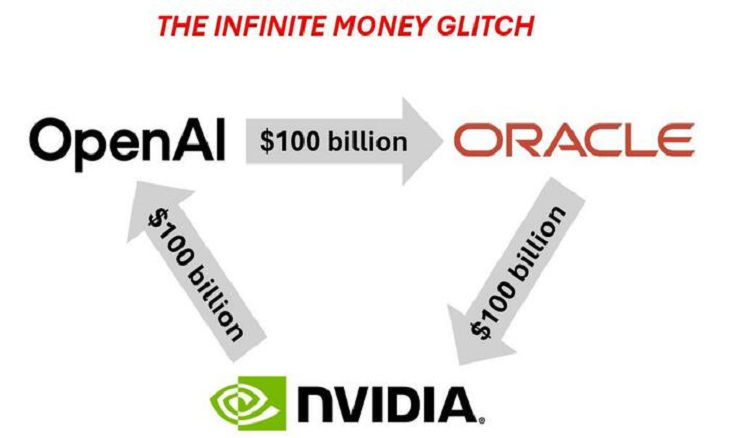Amazon is back in the headlines with one of the biggest consumer protection settlements in recent history. Federal officials announced that Amazon will pay $2.5 billion in penalties and refunds as part of a settlement against allegations that it enrolled its customers in the Prime service without their consent, according to a Sept. 25 statement. This case shines a spotlight on Amazon Prime subscriptions, consumer rights, and the growing scrutiny on Big Tech companies.
Why Amazon Faces a $2.5 Billion Settlement
The Federal Trade Commission (FTC) accused Amazon of deceptive practices, alleging that millions of consumers were enrolled in Amazon Prime without clear consent. In addition, the complaint stated that canceling Prime memberships was intentionally made difficult, a tactic sometimes referred to as “dark patterns” in user interface design.
This Amazon lawsuit has been building for years, and the $2.5 billion settlement represents not only penalties but also refunds to affected customers. The action underscores regulators’ increasing pressure on major tech companies to ensure transparency, fairness, and accountability.
The Impact on Amazon Prime Subscribers
With more than 200 million subscribers worldwide, Amazon Prime is central to the company’s business model, offering free shipping, exclusive deals, and access to Prime Video. However, this settlement raises questions about whether Amazon will need to change its sign-up and cancellation processes moving forward.
For current Amazon customers, the settlement means potential refunds if they were unfairly charged for Prime services. It also sends a clear message that regulators are cracking down on subscription traps and auto-renewal policies that mislead consumers.
What This Means for Big Tech
The Amazon case reflects a wider trend in which Big Tech companies like Google, Apple, and Meta face growing legal battles over consumer privacy, transparency, and antitrust issues. The Amazon Prime settlement may serve as a warning for other corporations using aggressive marketing or difficult cancellation systems.
As regulators push for greater consumer protections, companies will be forced to reevaluate how they present subscription options, renewal policies, and cancellation steps.
Looking Ahead: Will Amazon Change?
While $2.5 billion is a massive settlement, for a company the size of Amazon—with annual revenues exceeding $500 billion—it may be seen as the cost of doing business. However, the reputational damage could be more lasting. Customers may become more cautious when signing up for Amazon Prime memberships or any other subscription-based services.
Moreover, Amazon will likely be required to revamp its sign-up and cancellation systems to make them more transparent. If successful, this could set a new industry standard for subscription-based services across e-commerce, streaming, and digital platforms.
Final Thoughts
The Amazon $2.5 billion settlement marks a turning point in the conversation about subscription services, consumer consent, and corporate accountability. While customers may soon see refunds and improved cancellation policies, the broader message is clear: Big Tech can no longer afford to hide behind complex systems that make it hard for consumers to make informed decisions.
This case not only impacts Amazon Prime users but also sets the tone for how regulators will handle deceptive practices in the digital economy moving forward.





